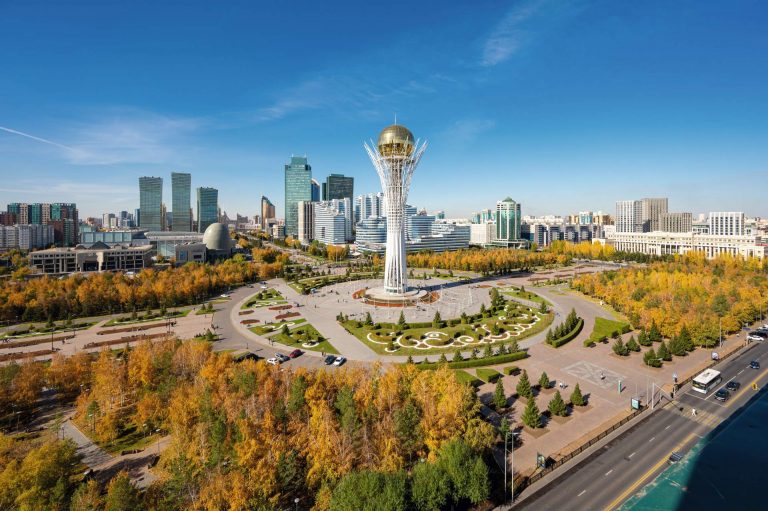Yekaterinburg offers something for everyone — history buffs, architecture enthusiasts, museum-goers, and food lovers alike.
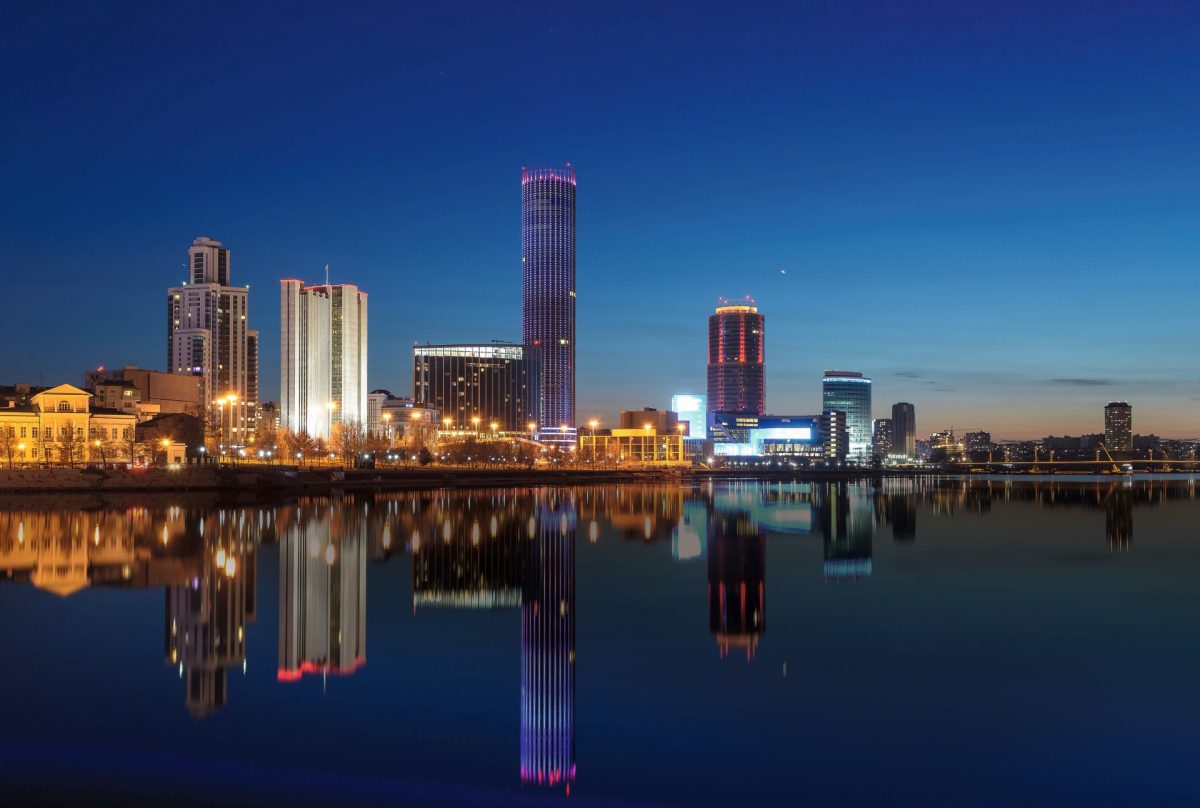
Exploring the City
Last year, Yekaterinburg celebrated its 300th anniversary — quite a venerable age! The city, named after Peter the Great’s wife Empress Catherine I and the Christian martyr Catherine of Alexandria, patroness of sciences, crafts, and mining, grew around a dam on the Iset River. The river’s water powered the machines of the Yekaterinburg plant. Today, it’s the heart of the Ural capital. Locals hurry along the City Pond embankments, while couples and families stroll through the Historical Park, where the city was born. Several museums are clustered in this area, including one in a former water tower about the dam’s history, museums of Nature, Architecture and Design, History of Stone-Cutting and Jewelry Art History, and the largest Fine Arts museum in the Urals. Perhaps the most intriguing is the Museum of Fine Arts, which houses a collection of Kasli iron sculptures and the intricate Kasli iron pavilion that won the grand prize at the 1900 Paris World Exhibition. Another must-visit for curious travelers is the Boris Yeltsin Presidential Center. It captures the tumultuous 1990s through exhibits and old TV clips that have become historical footage. The center also features an art gallery, library, cinema, theater, and Barboris restaurant, serving modern Russian cuisine with dishes based on Naina Yeltsina’s recipes.
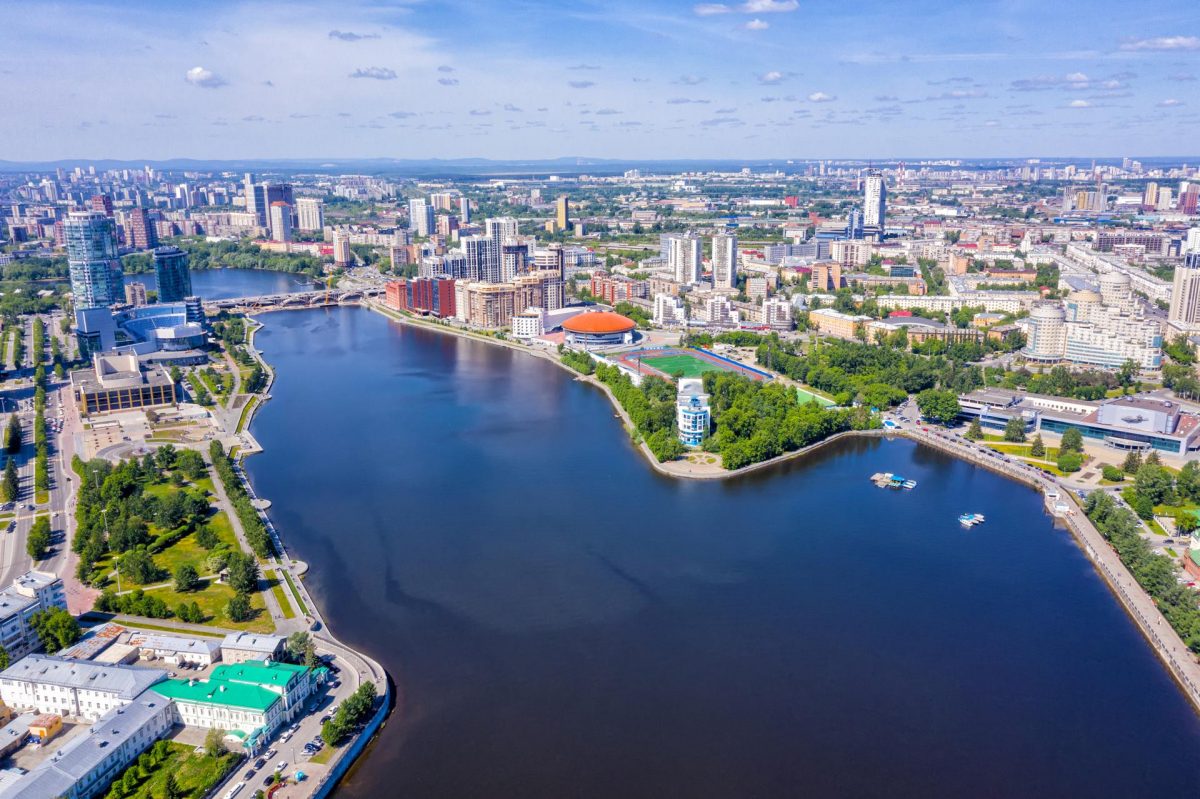
It’s worth dedicating a day to exploring Yekaterinburg’s numerous constructivist architectural monuments. These include the massive Communication House (now the Central Post Office), the Builders’ Club with its preserved rooftop solariums, and the Chekist Town where People’s Commissariat for Internal Affairs (NKVD) officers lived. The area also houses the Iset Hotel and the Museum of Ural History and Archeology, home to the mysterious Shigir Idol — the world’s oldest known wooden sculpture. The Uralmash industrial district is an avant-garde “reserve.” After visiting the factory administration buildings, workers’ canteen, and the defunct Hotel Madrid (intended for Spanish resistance fighters’ children), you can arrange a tour of the White Water Tower.
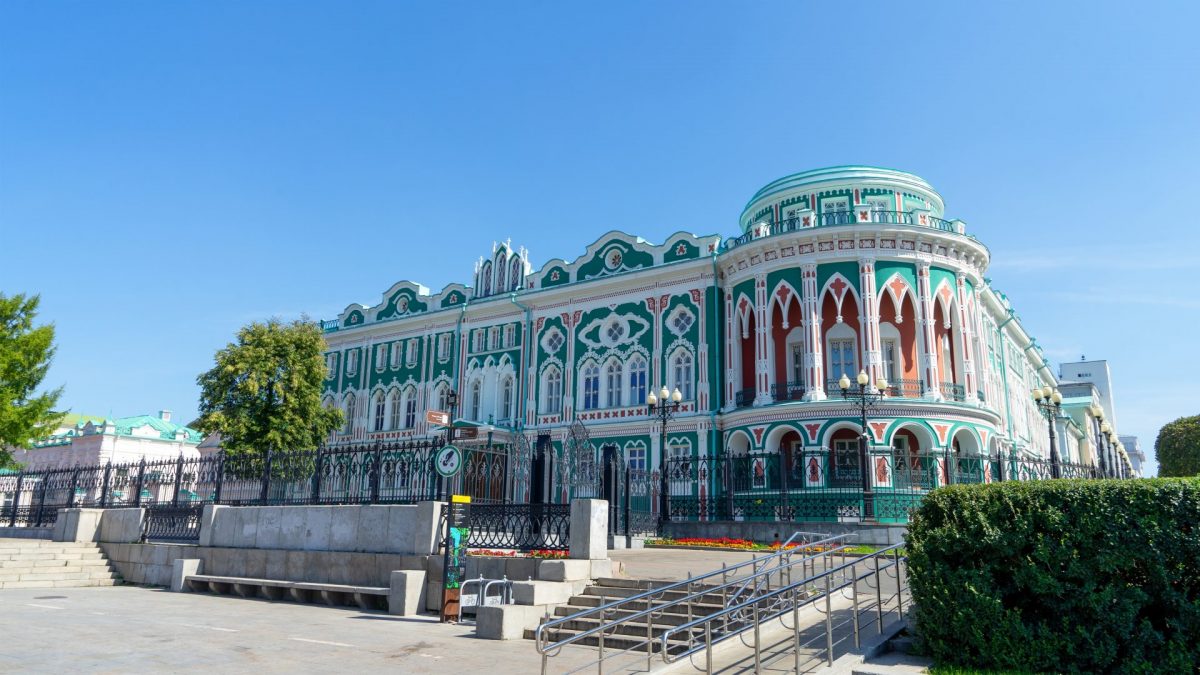
Strolling through Yekaterinburg can be enjoyable even without a specific cultural agenda. For easy self-guided exploration, a 9-km circular walking route called the “Red Line” was developed. The route includes iconic landmarks like the Sevostyanov House made of bast (a presidential residence), the Church on the Blood (Church of All Saints) built where the last Russian imperial family was executed, the pineapple-shaped Russian Copper Company headquarters, the D. Mamin-Sibiryak’s Literary and Memorial House Museum, pre-revolutionary merchant buildings, and even a quirky keyboard monument with concrete keys embedded in the ground! Finally, ascend the 188-meter Vysotsky skyscraper’s observation deck. Its VIP rooms offer a spectacular panorama of Yekaterinburg at sunset, best enjoyed with a chilled glass of champagne.
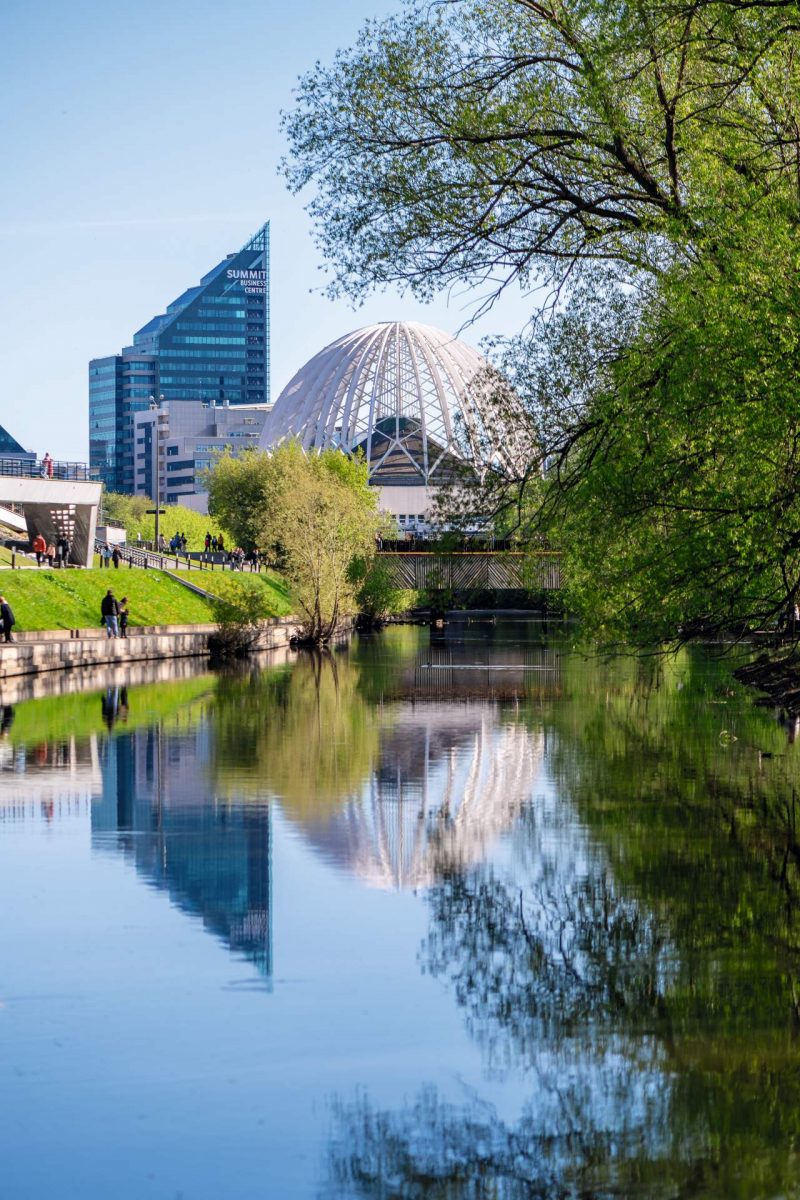
A Matter of Engineering
Yekaterinburg serves as an excellent starting point for exploring the Sverdlovsk Region. A trip to Nevyansk is worthwhile to visit Russia’s first private icon museum. Its collection boasts over 700 masterpieces, with the most impressive being works from the Ural Old Believer icon painting tradition. Other noteworthy destinations include Verkhoturye, home to the Urals’ only (and Russia’s smallest) kremlin; Malyshevo for emerald mining and cutting workshops; and Krasnoufimsk with its impressive viaducts. However, the most fascinating excursion might be to the private museum complex — UMMC Museum Complex of Military and Civil Equipment in Verkhnyaya Pyshma, funded by the Ural Mining and Metallurgical Company. This complex of 85,000 sq. m. houses several exhibition centers and open-air displays of military and civilian vehicles. The collection features thousands of cars, trucks, motorcycles, mopeds, bicycles, trains, aircraft, engines, tanks, armored vehicles, and special equipment from both domestic and foreign manufacturers. It also includes full-size submarine and armored boat models, uniforms, awards, and weapons. Allow plenty of time and pay close attention to your guide!
Photo: shutterstock.com


